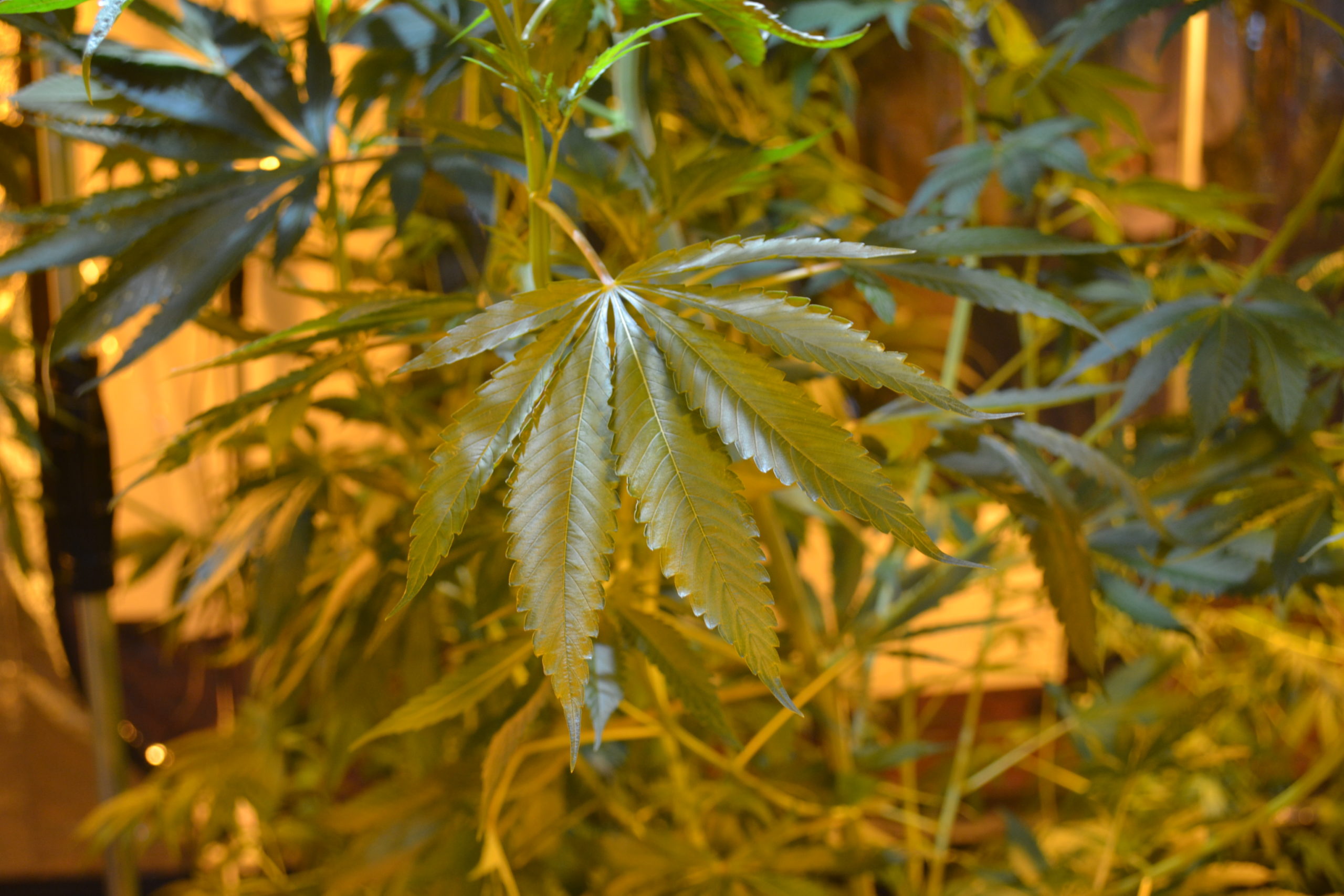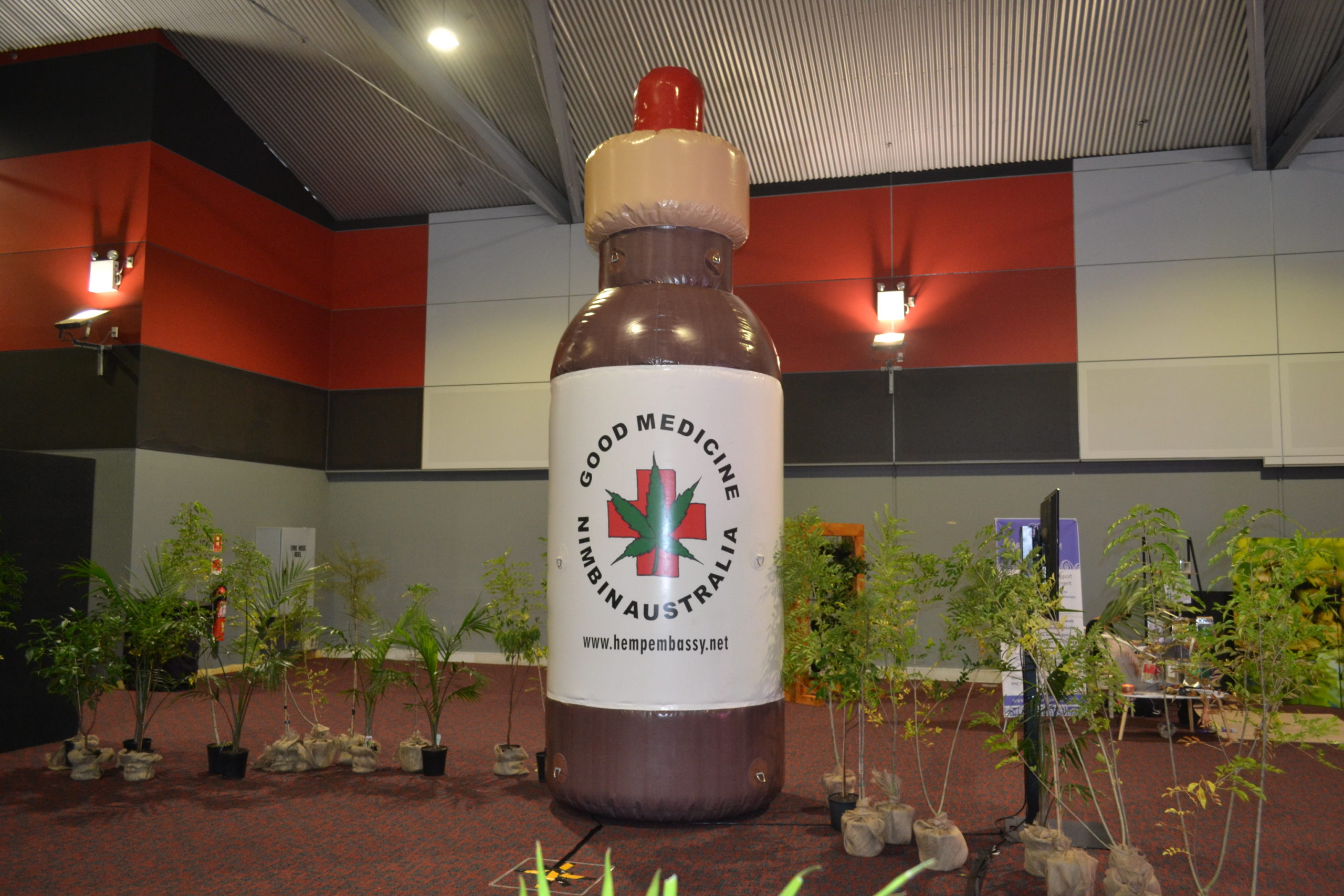It’s Now Legal to Smoke Cannabis in Australia’s Capital: An Interview With HEMP’s Michael Balderstone

As of today, 31 January 2020, it’s legal to smoke a joint in your lounge room in Canberra. Possessing up to 50 grams for personal use is absolutely nothing to worry about. And you can grow up to two plants in your backyard if you live in the Australian Capital Territory.
But, you can’t sell your own stash, and nor can you give it to anyone else.
Cannabis advocates across the nation are lauding ACT Labor MLA Michael Pettersson and the steps he took to turn an illegal, and for the most part innocuous, plant – that around 10 percent of the population uses within a 12 month period – into a lawful substance for recreational use.
And while there are still questions around the supply side remaining outlawed, as well as federal laws, which still maintain that possession is illegal – which was how cannabis legalisation initially transpired in the US – one thing is certain, there’s a massive crack in the prohibitionist armour.
It’s the way of the future
Over in New Zealand, the Ardern government has drafted legislation that sets out how a system of legalised cannabis can operate in that country. And the entire Kiwi population will be voting on whether to approve the roll out later this year.
If that comes as something of a surprise, then it might also be of interest to know that the Trudeau government legalised the consumption and retail sales of cannabis across the entire nation of Canada back in October 2018. Initially, the market couldn’t keep up with demand.
And in the States – the great instigator of cannabis prohibition – the recreational use and possession of the herb is now legal in 11 states. Colorado is often hailed as the shining example of a beneficial cannabis market, as the tax revenue it’s generated has been used to fund health and education.
The head of HEMP
Australian HEMP Party president Michael Balderstone has long been the bedrock of cannabis activism in Australia. From his seat in the HEMP Embassy in Nimbin, he’s been spruiking the benefits of the plant for decades now.
Sydney Criminal Lawyers spoke to Mr Balderstone about what could occur in this country now cannabis can be used recreationally in at least one jurisdiction, why he believes it was outlawed in the first place, and how greater use of the Cannabis sativa plant could also benefit the environment.

Firstly, today, the personal possession and use of cannabis, as well as the cultivation of up to two plants in the capital territory is legal.
While this is a very limited form of legalisation, in that it doesn’t address the issue of supply, it’s definitely a step. Michael, what are your thoughts on this development?
Generally, we’re so happy about it, even if it is really limited. It’s a bit like a suit with holes in it. Even the seed isn’t legal, so I’m not sure how people are going to grow a couple of plants.
But, it’s definitely a step in the right direction. Fifty grams is a good amount. Two plants or four plants in a household is a good start.
We’re all hoping that the feds will leave it alone. And people are going to realise that it’s no big deal.

You’re the president of both the Australian HEMP Party and the Nimbin HEMP Embassy. How long have you been campaigning for cannabis legalisation? And have you been expecting this day to come?
I don’t know if we expected it to come out of Canberra. But, it makes sense, in a way.
It’s the 28th annual MardiGrass coming up first weekend of May, so we’ve been hammering on the door for a long time. We’re just grateful for anything.
Numerous studies have shown that the harms associated with the use of cannabis are a lot less than those associated with alcohol. Yet, alcohol has long been legal in this country, and throughout the west, whilst cannabis has been outlawed. Why do you think this is the case?
Pain relief is possibly the most profitable business on Earth. So, cannabis, the opium poppy – all the medicines – were hit a 100 years ago.
And cannabis is so safe. There’s a lot of vested interests trying to make sure that cannabis stays illegal. There’s no question about that.
At a cannabis inquiry I was at, we all heard that there’s such big opposition from the whole pharmaceutical industry for a start. They’re making it as difficult as possible for cannabis to become legal.
So, I’m really happy the ACT has jumped in. Good on Michael Pettersson.
With cannabis use now being legal in one jurisdiction in this country, do you think it will have an impact on whether it remains illegal in other parts of Australia?
Everyone is going to watch how it goes in Canberra. And we all know how it has gone in America and Canada. It’s win-win all over the place.
So, hopefully, this will loosen the bricks in the wall. That’s what I’m hoping.
Focusing on the supply side, you’ve been to the US state of Colorado, where cannabis has been available retail since 2014. How would you describe the impact it’s had there?
Colorado has already made a billion dollars in tax. So, that’s something the government should be thinking about.
Car accidents are down. Alcohol use is down. Domestic violence is down. Suicide is down. The statistics are coming out, if only they’d listen to them.
It’s good in every way. The only people who are missing out are the pharmaceutical industry.

This next question probably relates to the hemp plant, rather than the strain of cannabis that contains enough THC that it can get a person high.
But, there are rising concerns around changing climate and the devastation of the environment. This involves the production of plastics, the cutting down of trees, and the prioritisation of water for cotton in NSW, over letting it flow down the rivers.
What sort of changes could the greater use of the Cannabis sativa plant bring for the environment?
Certainly, it’s a good start to having a bit more water in the rivers, because it uses less than half the water cotton does.
And now there’s people up north starting to make fire resistant bricks using a hemp-magnesium cement mix. So, there’s a huge future in that.
We’re talking about the strongest, longest, toughest fibre on the planet. So, its time has come, and a lot more people are getting hemp licences. And, of course, you can make great CBD medicines from hemp also.
And lastly, Michael, you’ve been at the frontline of cannabis activism in Australia for around three decades. How do you expect things to develop with cannabis from today onwards?
The pressure is on now, especially with what’s happening in America, Canada and Europe, where the laws are changing. At some point, Australia has to get involved.
But, we have such resistance here. The pharmaceutical industry in particular has their claws over the top of everyone.
And the reefer madness propaganda is hard to shift. A lot of people who have no experience with cannabis are still very scared of it: their kids might go mad, people feel bad.
There is so much nonsense still around. So, education remains key.







